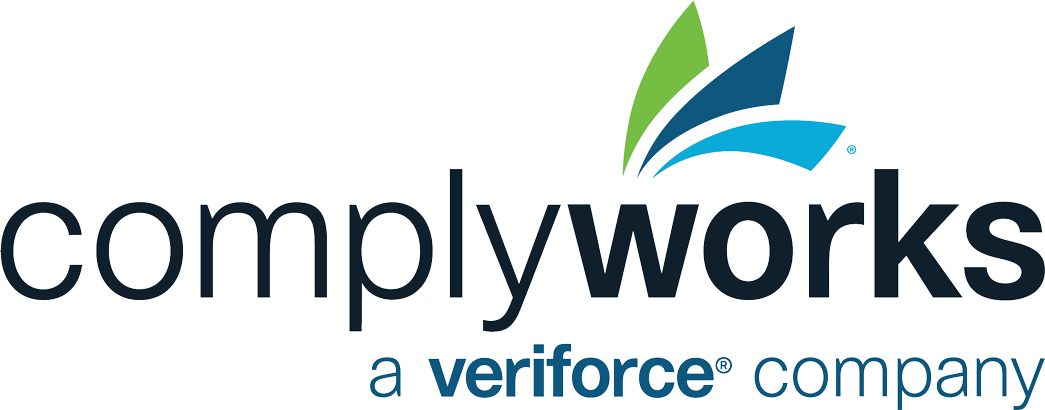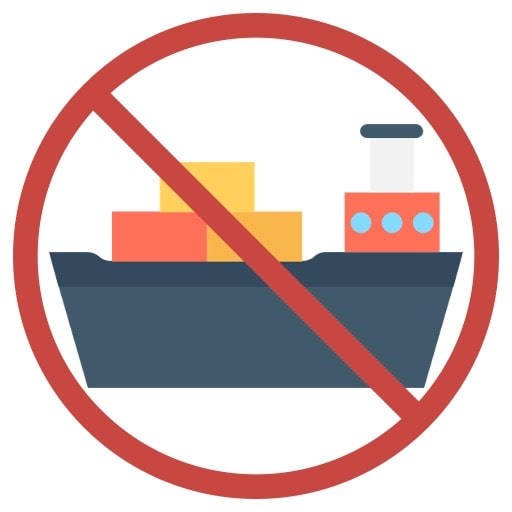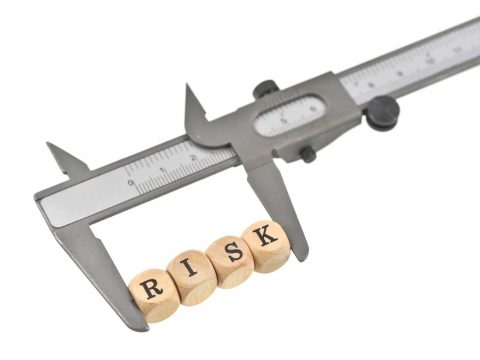(9 minute read)

What disruptions affect supply chains?
Supply chain risk is unforeseen and affects all organizations in all industries that rely on manufacturers, suppliers and distributors to provide them with parts, products or any goods they sell directly to consumers or use on-site. There are numerous risks beyond our control that have a huge impact on an organization’s supply chain including health, safety and environment; corporate social responsibility; quality management; purchasing; finance; natural disasters; theft; and data breaches.
And now the world is scrambling on all fronts with the latest viral outbreak. Coronavirus (COVID-19) has spread like wildfire across the globe and is now classified as a global pandemic.
At first, several companies suspended their supply chains or temporarily closed brick-and-mortar locations across China with expectations they could control a slowdown of the infection. But the virus spread across the globe at what seemed like lightning speed. It shut down operations and businesses worldwide, affecting supply chains like never seen before - resulting in a global economic crisis.
What supply chain challenges are organizations facing?
The outbreak has put pressure on all major economies by significantly reducing supply chains, restricting travel, as well as fueling panic buying and stockpiling.
Many businesses are feeling the impact, and their supply chains are at a stand-still, as facility doors close and operations shut down. Other organizations are trying to manage and keep up with the demand for lifesaving supplies and daily necessities, like toilet paper and hand sanitizer, putting an immense strain on their supply chain.
Here’s just one example of the serious challenges an organization is facing at this unprecedented time. Adidas CEO Kasper Rorsted said the coronavirus outbreak has dealt “a painful setback” for the company’s business. Adidas does about 23% of its business in China and has 19% of its manufacturing capacity in the country, Rorsted said. When a quarantine was issued for the region, he said 80% to 90% of business in Asia “stopped overnight.” Adidas was losing about $100 million in revenue every week.
On March 14, 2020, Apple announced it would close most of its retail stores outside mainland China, Hong Kong and Taiwan, becoming one of the first companies to take such a drastic measure to fight the coronavirus outbreak. That’s 450 stores across 21 countries closed.
“The most effective way to minimize risk of the virus’s transmission is to reduce density and maximize social distance,” Tim Cook, the company’s chief executive officer, said in a statement posted on Friday to the company’s website.
Distribution and shipment delays
Distributors are being faced with industry-wide delays in terms of delivery around the world — including potential missed shipments, as workers are being screened on all cargo vessels coming from the 12 worst-affected COVID-19 countries to ensure crew members are not infected with the virus.
In a statement by the Port Health Organisation (PHO) the testing of workers is further delaying shipments for supplies of any sort coming from China, Thailand, Hong Kong, Singapore, Japan, South Korea, Vietnam, Indonesia, Malaysia, Iran, Nepal and Italy, as all crew members must be screened, and the cargo vessels declared 'suspect' or 'healthy'. Suspect vessels are then detained, based on the protocol by the PHO.
As the infection continues to spread globally, we’re seeing a domino effect that will not stop until the chain is broken. Thus, the transmission of infection will continue to occur until we break the chain by increasing the distance between people, which poses a major challenge for today’s supply chains.
What are organizations doing now to manage supply chain disruptions?
Manufacturers are struggling to manage the epidemic’s growing impact on their supply chains. Many are facing a supply crisis from weak sourcing strategies that could have been addressed and fixed years ago.
Data released by Resilinc, a supply chain mapping and risk monitoring company shows the dependence on the first quarantined areas. The data states, the world’s largest 1,000 companies or their suppliers own more than 12,000 facilities – factories, warehouses and other operations located in the COVID-19 quarantine areas in China, Italy and South Korea.
In a recent report the EU industry commissioner Thierry Breton issued a statement asking member states for data on supply chain impacts in a month's time, but problems have already come to light. In Germany, pharmacies were given permission by the health ministry to mix disinfectant solutions themselves. In France, its President Emmanuel Macron said the government would take control of the production and distribution of face masks.
In Canada, Toronto-based Spirit of York Distillery Co., has transformed from a gin and vodka manufacturing plant into a hand-sanitizing producer, along with other distilleries across the country. Automotive manufacturers may soon be in the business of engineering ventilators to help with the urgent demands in hospitals.
4 Steps to Mitigate Supply Chain Risk and Disruption
All companies depend on suppliers to provide goods and services – equipment, office supplies, utilities and yes, toilet paper. No organization operates in isolation; and one bump in the supply chain can result in operational deficiencies and business delays.
To ensure that reputations and business operations aren’t derailed by a crisis and to reduce impacts to the bottom line, market leaders can handle supply chain risk and disruptions in four steps:
- Identify & evaluate current risks - identify areas of risk exposure, define possible disruption scenarios and evaluate the severity of each scenario.
- Prioritize risks by probability & impact - prioritize risks by likelihood; estimate the financial and reputation impacts of each.
- Develop mitigation contingency plans - start with the most likely and highest-impact risk scenarios. Research regulatory compliance, country risk, economic and political conditions that the suppliers face.
- Conduct crisis simulations - review high-probability risk scenarios regularly, identify changes in your supply chain and train your team frequently to handle incidents and test their response.
Through this process, it is important to determine how current suppliers handle disruptions and if they have reliable secondary suppliers ready. With secondary suppliers, there is still the need to evaluate the quality of goods/services, analyze how they treat employees, and conduct criminal record and credit checks. Include suppliers in your planning to ensure their business continuity plans match yours.
While no single strategy can prevent or minimize all the potential disruptions that today’s organizations may face, preparation is the best way to protect against a supply chain disruption.
ComplyWorks’ Communications Solution and Workforce Management Solution helps organizations plan and manage their suppliers globally to mitigate unexpected supply chain disruptions now and in the future.
FAQ Summary
What are the top 4 steps to mitigate supply chain risk and disruption?
To ensure that reputations and business operations aren’t derailed by a crisis and to reduce impacts to the bottom line, market leaders can handle supply chain risk and disruptions in four steps:
1. Identify & evaluate current risks – identify areas of risk exposure, define possible disruption scenarios and evaluate the severity of each scenario.
2. Prioritize risks by probability & impact – prioritize risks by likelihood; estimate the financial and reputation impacts of each.
3. Develop mitigation contingency plans – start with the most likely and highest-impact risk scenarios. Research regulatory compliance, country risk, economic and political conditions that the suppliers face.
4. Conduct crisis simulations – review high-probability risk scenarios regularly, identify changes in your supply chain and train your team frequently to handle incidents and test their response.







